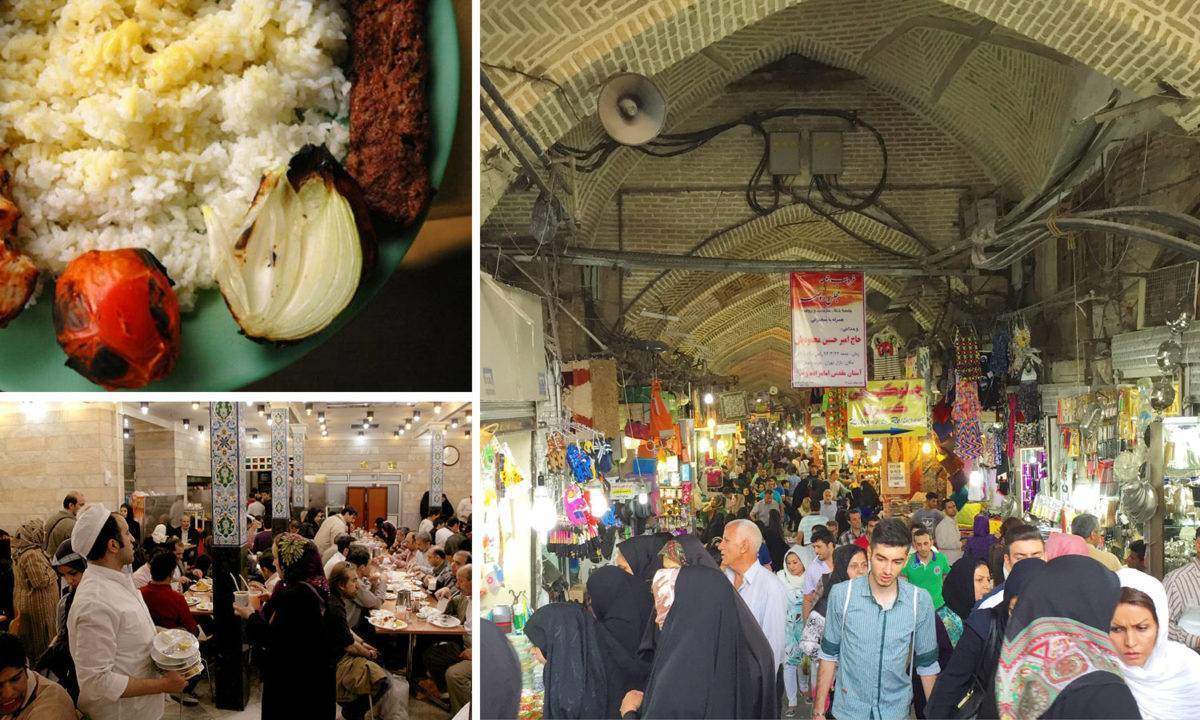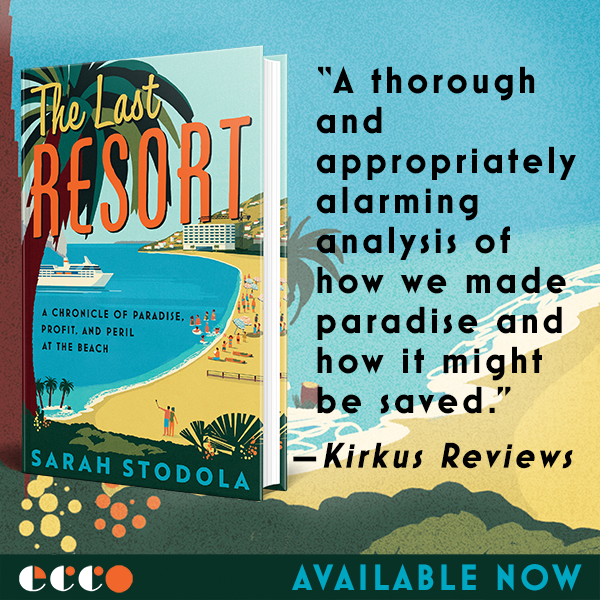The light here is cool. Not a blue white, but a violet one. It is unforgiving, but earnest. In many places, cool light is winter light and summer light is golden. But here in Tehran, on the southern slopes of Iran’s Alborz Mountains, the violet rays bounce off white marble buildings with fierce ripples of arid heat. The irrigation canals flanking every street in this vast city run dry. In the spring, when the city blooms with flowers, they swell with swift currents of cool mountain water that rush into the valleys of lower Tehran. Well-heeled girls deftly maneuver the metal crosswalks that punctuate them, scarves fluttering behind them as petals fall from trees. Now, under a relentless July sun, the canals lie dormant. As dusk settles in, the streets of north Tehran will come to life. A bustling lipstick lot will park their cars in hordes and eat ice cream and cakes adorned with chocolate curls in marble-floored coffee shops in Velenjak or Elahiye, with boys who wear skinny jeans and carry their iPhones in their hands. But for now, the streets are sparse, uncolored by clatter, spare a flagging few who go about their business.
Yet if you follow the waves of cars that weave southward on endless highways like a mighty python, you’ll find a city that heaves, relentless. Girls whose headscarves fall back behind hair piled high and dyed gold push through the crowded pavements of Khayyam Street, past swathes of “chadoris,” women who grip the long black capes pulled taut around their heads tightly in their teeth, past men who sweat in collared shirts and colorful plastic slippers, and past children whose mothers drag them swiftly by street vendors who sit on cardboard selling gum. Turn right, and you fall eastward into a swell of dome-topped, towering passageways, the expansive labyrinth known to all as “Bazaar Tehran.” Short men whiz by the narrow causeways on motorbikes, towing colossal piles of goods that will knock you sideways unless you step out of the way. People clamor through while shopkeepers sit in the corners of their dens sipping tea, or stand grinning and joking about the costs of their wares.
Some come for carpets, some for gold, some for appliances, some merely for a bra or socks. Everyone comes for the “chelo kabab.” Along with many others, my favorite can be found at the simple restaurant Sharaf-ol-Eslami, a few steps down beneath an unassuming sign among silver merchants. There is need to know its name—ask any vendor in this section of the bazaar where you should eat and he is likely to send you there.
Inside Sharaf-ol-Eslami, the aroma of saffron fills the air. Crowds clamor to order piles of steaming rice and sword-skewered kababs, grilled over glowing coals and served on plastic trays with foil-topped containers of yoghurt or salad, alongside cups of “yellow,” “white” or “black” soda, or the more traditional sour minty yoghurt soda known as “doogh.” It sounds like an exaggeration to say so, but violent outbursts among ravenous patrons are not unheard of here. Iranians take their food seriously. I once saw two distinguished-looking men wrestle each other to the ground over a seat (wrestling is a traditional sport in Iran). If I’ve ever thrown shade with any competence in my life, it was most likely here, over a table that a swifter, more wily woman stole from under my nose.
Chelo kabab––steamed, buttered, saffron flavored rice and fire-grilled skewered kababs of “koobideh” (minced lamb), “barg” (lamb steak), or “joojeh” (Cornish hen on the bone), served with grilled tomatoes, and sometimes a raw egg cracked on top, all doused in powdered sumac––is Iran’s most abundant traditional restaurant food. In homes, tables run over with aromatic stews that are by turns fruity, tart and sour, with crisped rice dotted with berries, lentils or herbs, with flatbreads from clay ovens, with soups, fruits, nuts, and macaroni dishes. But outside, city dwellers from all corners of Tehran pile into basements of bazaars, or sit cross-legged on Persian rugs under fruit trees in the orchards of Darake, Farahzad, or Kan Sologhon, on the city’s outskirts. They smoke hookah, sip tea, and eat chelo kabab, which is just as satisfying on a scorching summer night as in snowy winter, when the city’s irrigation canals run fast with icy water, and affluent youths from northern neighborhoods wake at dawn to race up the mountains surrounding Tehran, snowboards strapped to the roofs of their cars.
They often stop for hot breakfast bowls of haleem, a salty wheat and shredded turkey porridge, on their way to the resorts of Dizin, Darbandsar, or Shemshak. They share highways with the five-to-a-motorbike families of Tehran’s southern neighborhoods, who speed along with children balanced precariously on handlebars to visit friends in villages outside the city. Likely some will cross paths again later, pausing alike in the twilight hours for a steaming plate of chelo kabab on their way back down into the dense metropolis.
-Erum Naqvi






